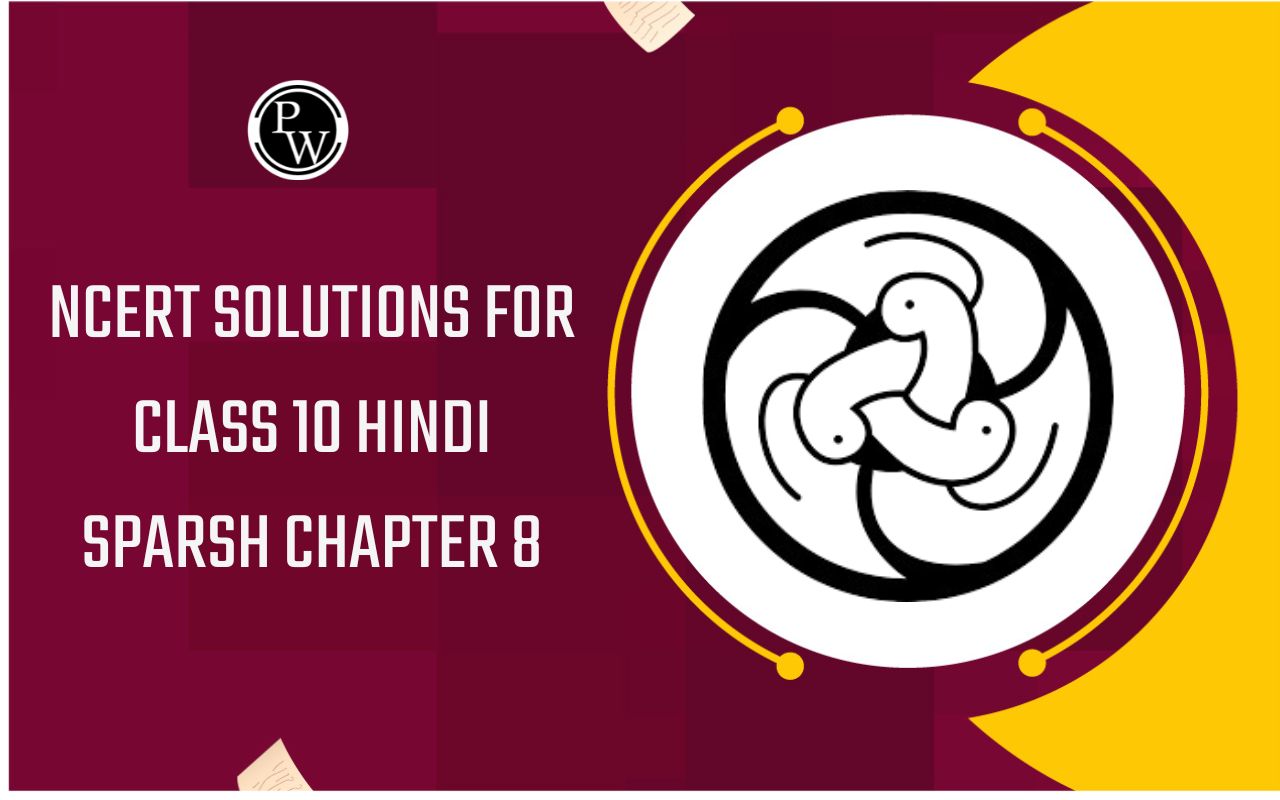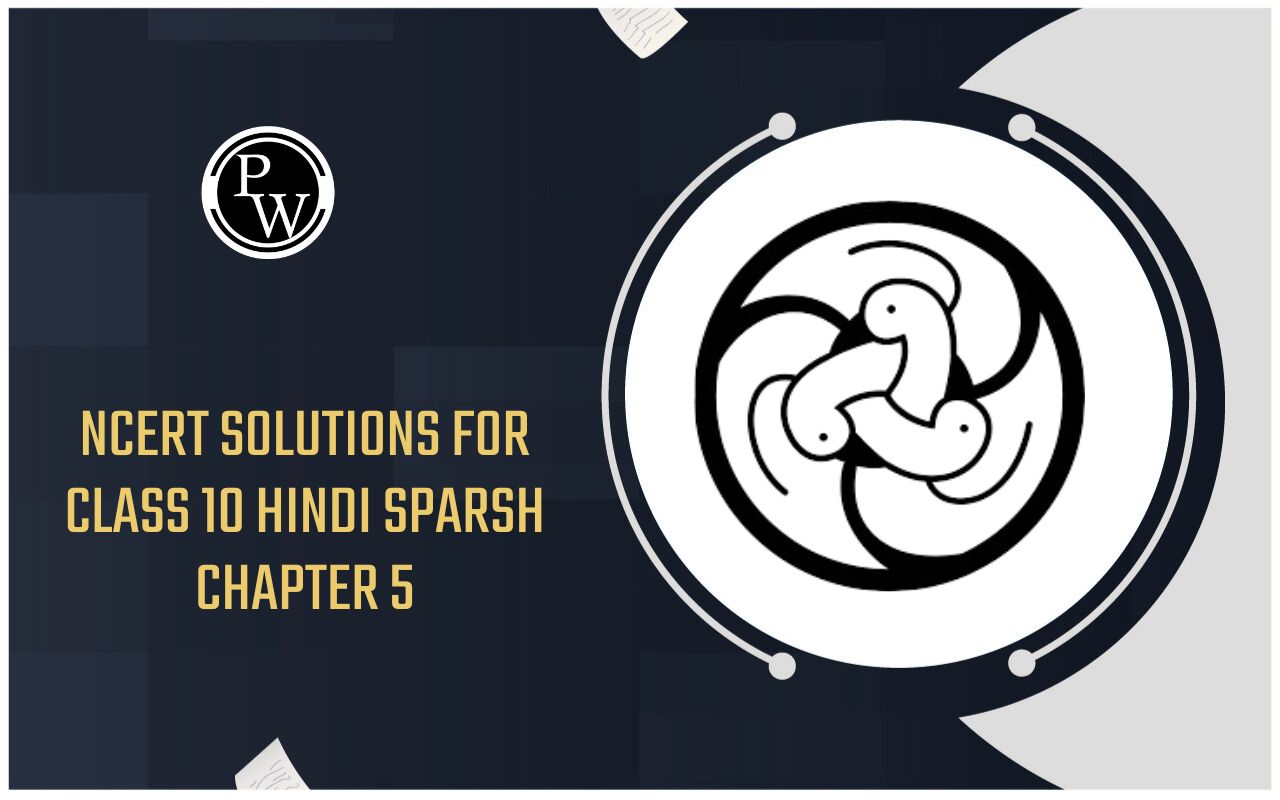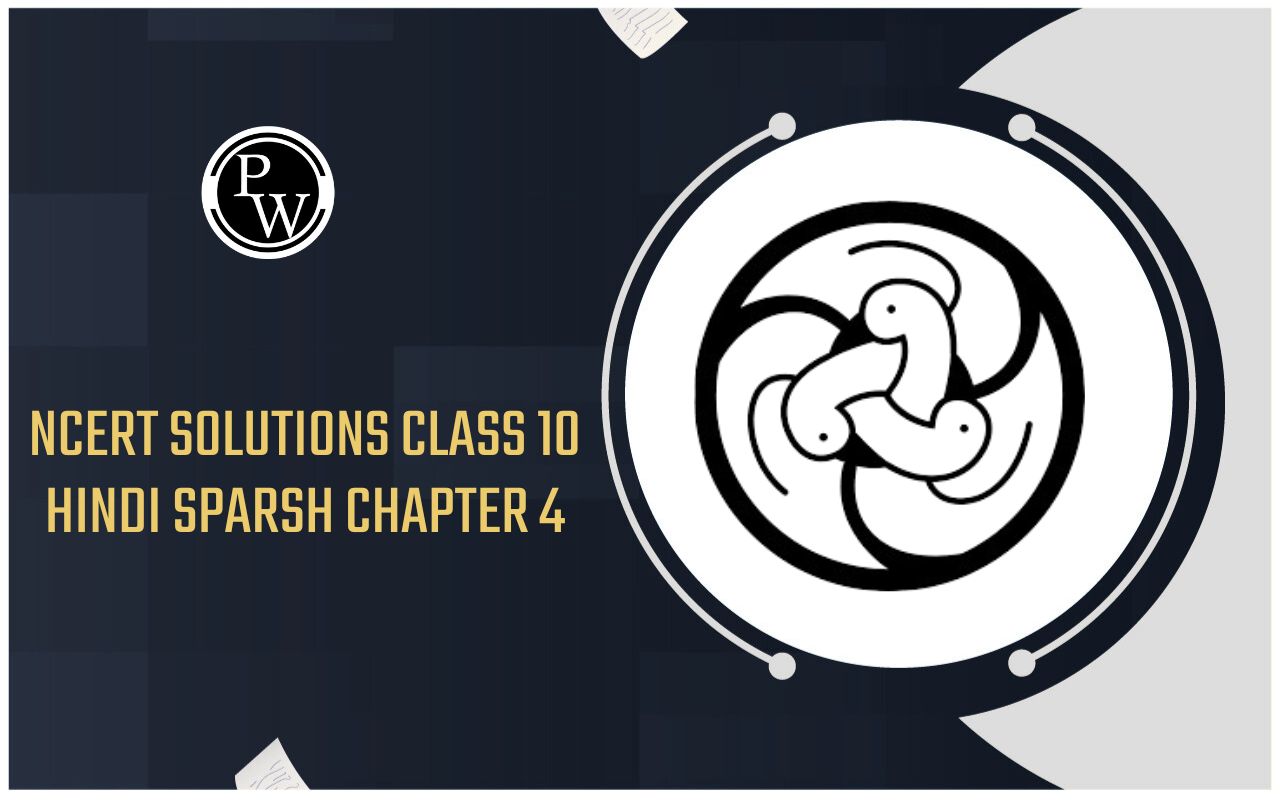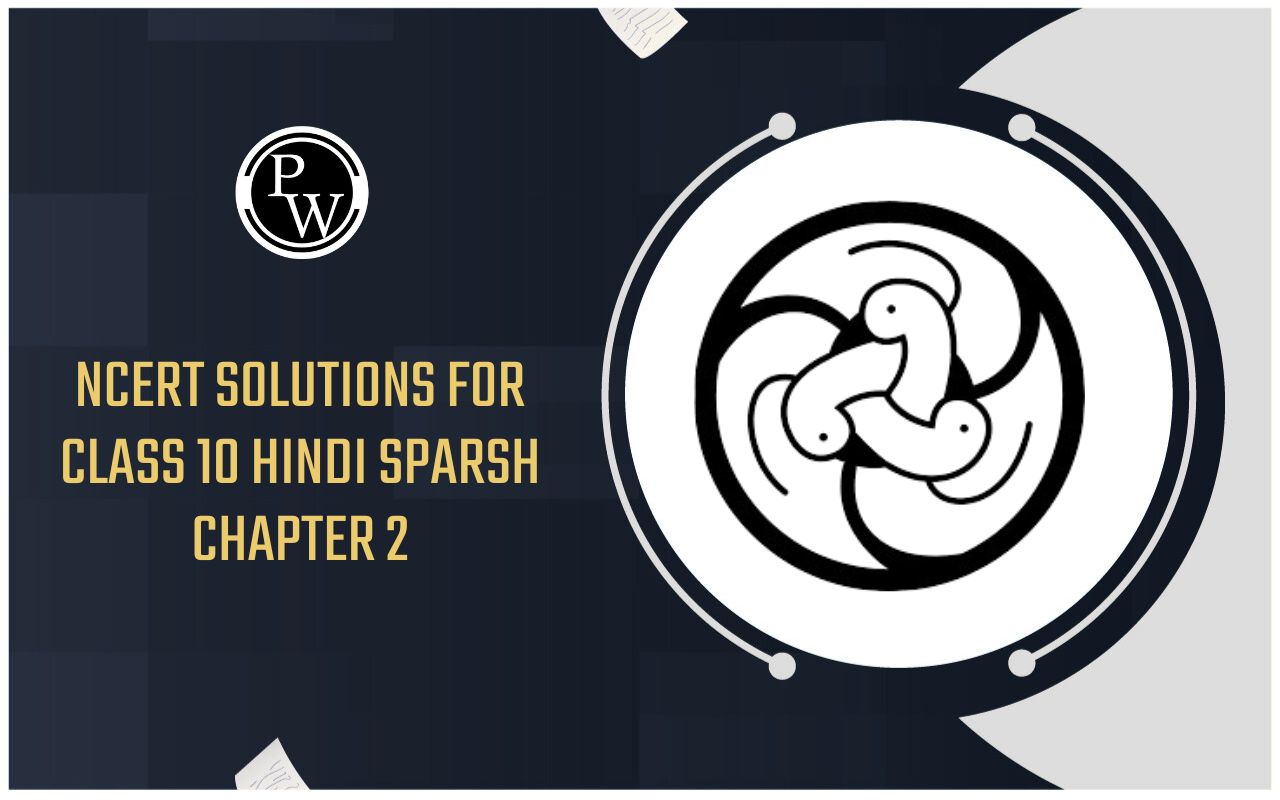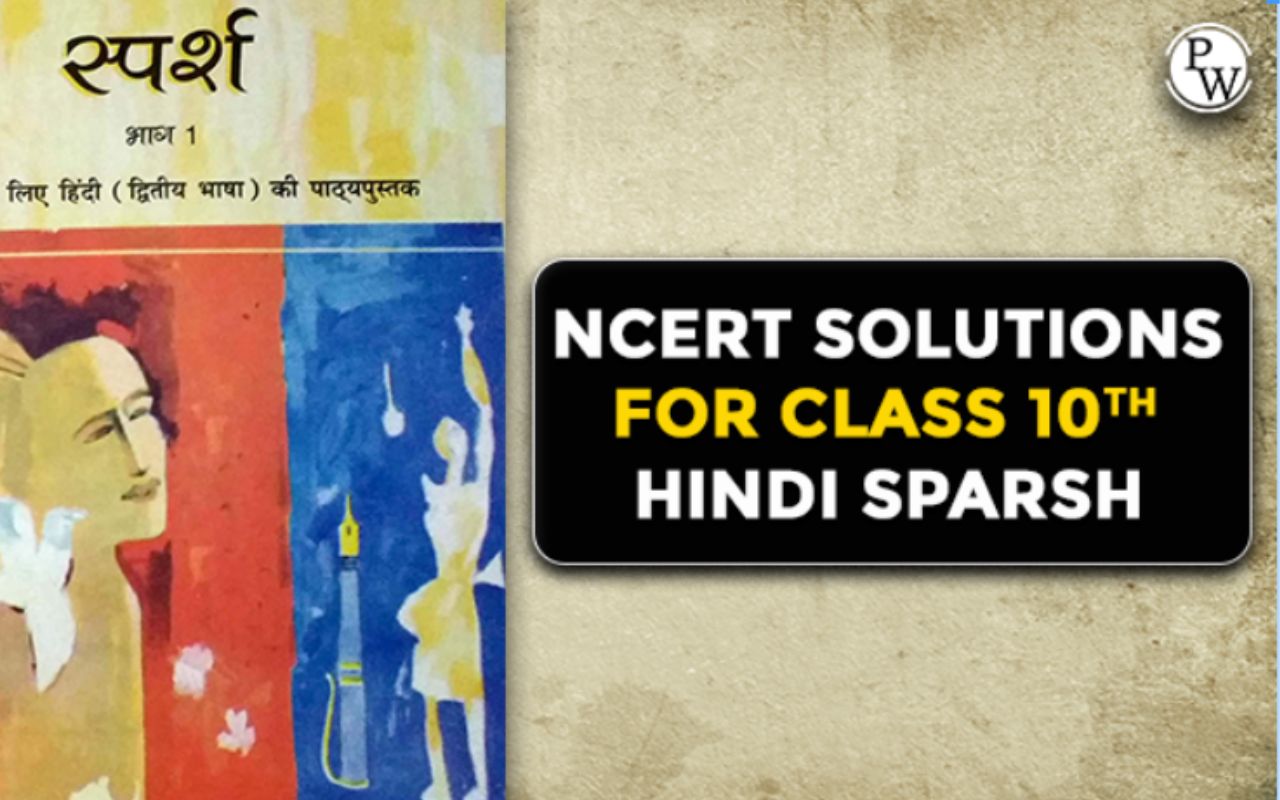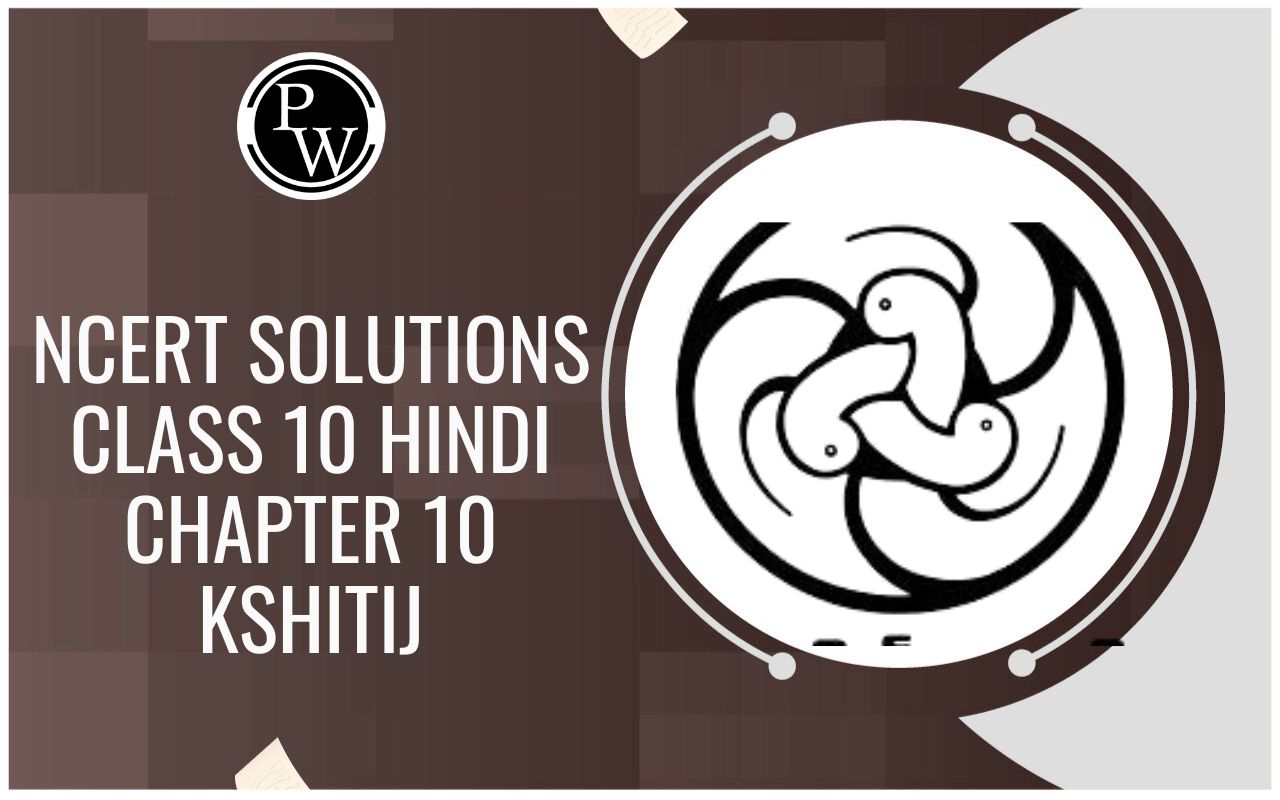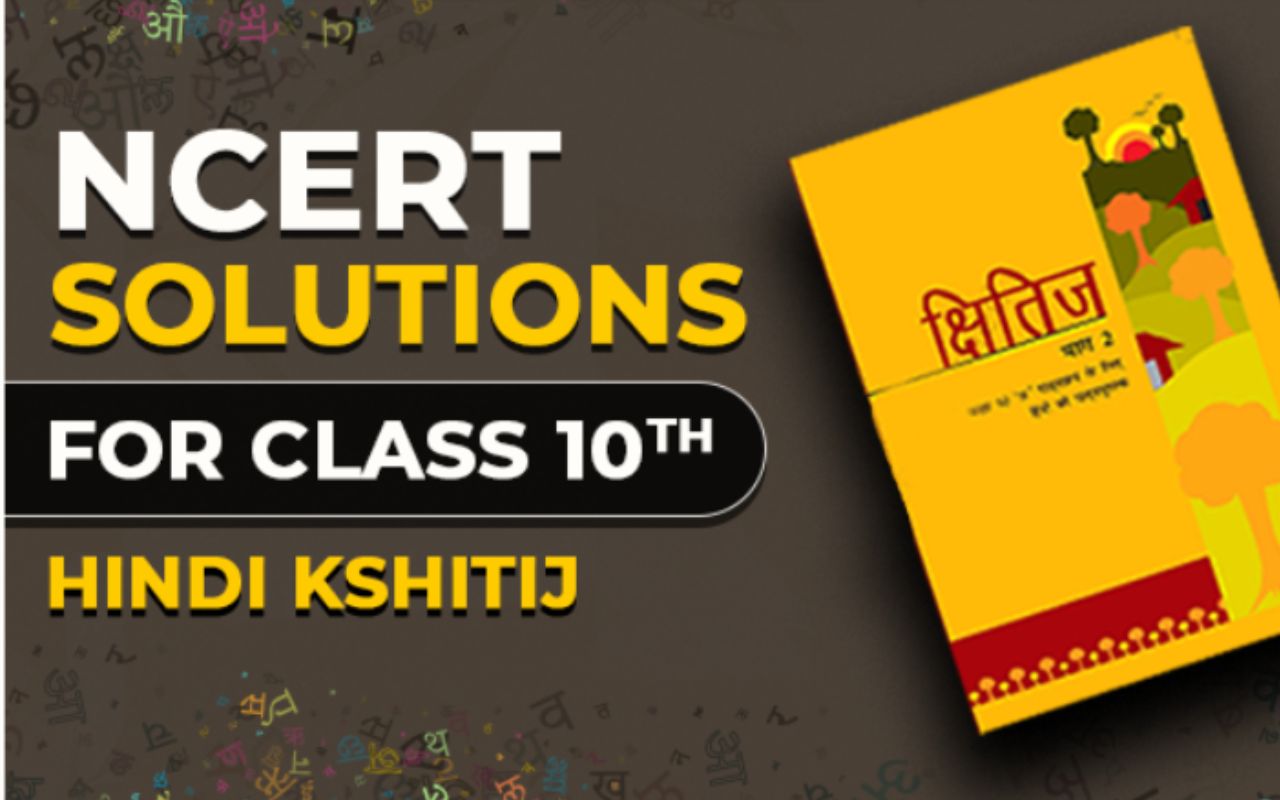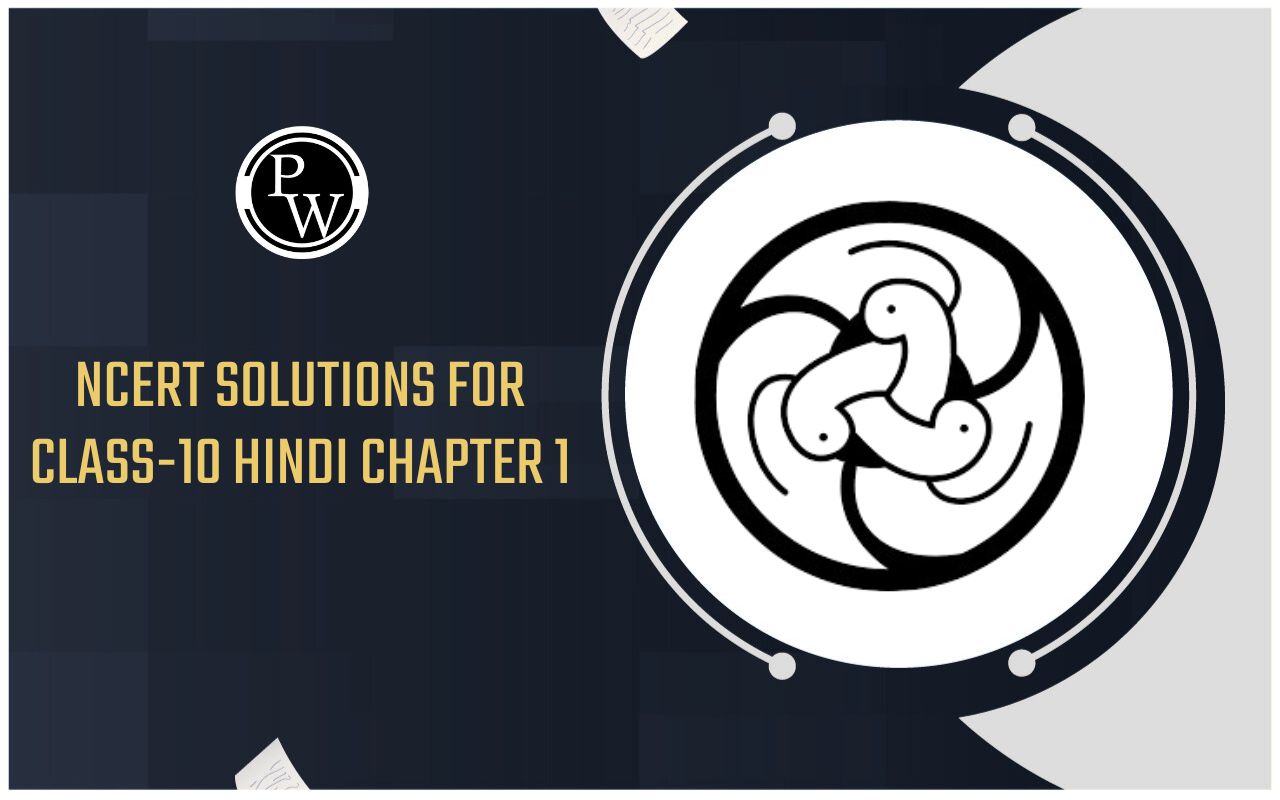
CBSE Worksheet for chapter-3 Metals And Non-Metals class 10
Worksheet For class 10
This page is prepared by the Academic team of Physics Wallah which consists of CBSE Board Worksheet for Class 10 Chemistry . Students of Class 10 Chemistry can get a free Worksheet for Class 10 Chemistry in PDF format prepared as per the newest syllabus and examination pattern in your schools.
Standard 10 students can practice questions and answers which are given here for Chemistry in Grade 10 that will help them to improve their knowledge of all important chapters and their topics. Students can also download free pdf of Class 10 Chemistry Notes prepared by teachers and solve important problems provided here with solutions on daily basis to get more scores in school exams and tests.
If any students need to take the online test to check their concepts or undertstanding then they can visit Chemistry Quiz for Class 10 .
Summary
- Position of metals and non-metals in the periodic table, electronic configuration.
- Physical properties of metals and non-metals.
- Chemical properties of metals and non-metals.
- Ionic bond and properties of ionic compounds.
- Occurrence of metals, minerals, ores and types of ores.
- Metallurgy
- Crushing and grinding
- Concentration of ores- hydraulic washing, froth flotation, magnetic separation
- Extraction of metals – calcination and roasting
- Reduction of metal oxide – by heating, chemical reduction and electrolytic reduction
- Refining – by liquation, distillation electrolytic refining
- Methods to obtain ultrapure metals.
- Corrosion of metals, alloys.
Section - 1
Q1. Which of the following metal reacts vigorously with oxygen ?
- Zinc
- Magnesium
- Sodium
- Copper
Q2. On addition of which metal, copper sulphate solution (blue colour) will be changed to colourless solution ?
- Fe
- Ag
- Zn
- Hg
Q3. Zn + H₂O (Steam) A + B
In the above equation (A) and (B) are
- Zn & H₂
- Zn ,H₂ & O₂
- ZnO₂ & O₂
- ZnO & H₂
Q4. Ionic bond is formed between –
- Two electropositive elements
- Two electronegative elements
- Electropositive & electronegative elements
- None of these
Q5. Ionic compounds conduct electricity in –
- Solid state
- Fused state
- Gaseous state
- Do not conduct electricity at all
Q6. Which of the following methods is based on the principle of the difference in the wetting properties of the ore and gangue particles with water and oil ?
- Magnetic separation
- Froth floatation process
- Hydraulic washing
- None of these
Q7. Match column A with column B and select the correct option –
Column A Column B
(Ore) (Nature of ore)
A. Copper glance 1) sulphate ore
B. Calamine 2) halide ore
C. Rock salt 3) sulphide ore
D. Epsom salt 4) carbonate ore
a(1), b(2), c(3), d(4) (B) a(4), b(2), c(3), d(1)
(C) a(3), b(4), c(2), d(1) (D) a(4), b(1), c(2), d(3)
Q8. Which of the following method is not used in purification of metals ?
- Calcinations
- Liquation
- Distillation
- None of these
Q9. Which of the following is used in reduction of alumina ?
- Coke
- Carbon monoxide
- Aluminium
- Electricity
Q10. Silver metal becomes black on exposure to air by the coating of –
- Silver Chloride
- Silver Oxide
- Silver Sulphide
- Silver Hydroxide
Q11. German silver is an alloy of –
- Cu and Ni
- Cu, Sn and Ag
- Cu, Zn and Ni
- Cu, Ni, Fe and Mn
Section - 2
Q12. Write the chemical equation of chemical reaction of zinc metal with the following –
- H₂SO₄
- H 2 O
- O 2
Q13. Why ionic compounds have high melting and boiling points ?
Q14. What is gangue ?
Q15. Distinguish between ‘roasting’ and ‘calcination’. Which of these two is used for sulphide ores and why ?
Q16. Explain how the following metals are obtained from their compound by the reduction process.
- Metal M which is in the middle of reactivity series.
- Metal N which is high up in the reactivity series.
Give one example of each type.
Q17. Iron nails are not rusted if kept in boiled distilled water for a long time. Explain.

